The properties of transparent glass sponges make them an ideal light source for photobioreactors for producing biofuels from algae.
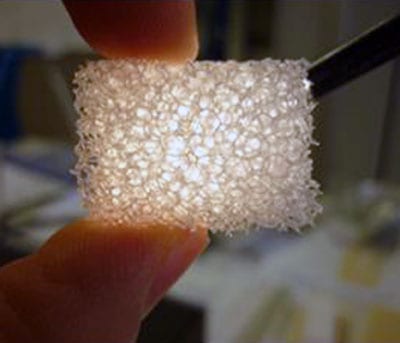

The properties of transparent glass sponges make them an ideal light source for photobioreactors for producing biofuels from algae.

Many different parameters affect the service life of a battery-powered electrical vehicle, such as structural stability.

Whatever happened to curiosity-driven research aimed at the creation of fundamental knowledge without the need for immediate application?
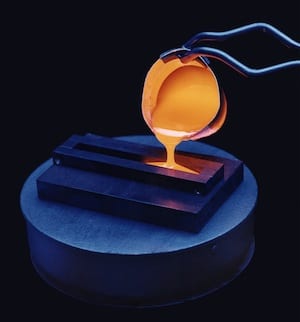
Research into waste management is a major part of international nuclear policy. New work offers an in-depth look into one solution, glasses.
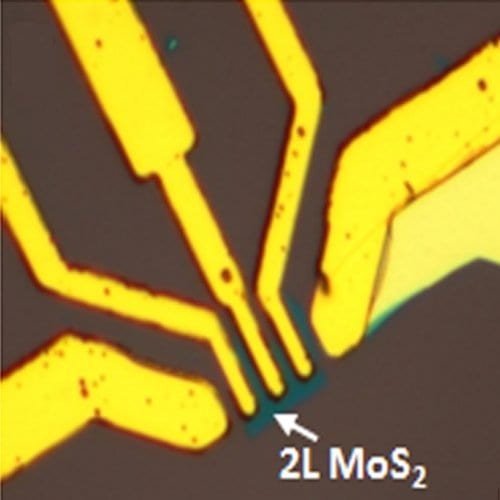
Nitric oxide detectors made of two to four layers of MoS2 incorporated into a field-effect transistor outperform a single-layered device.
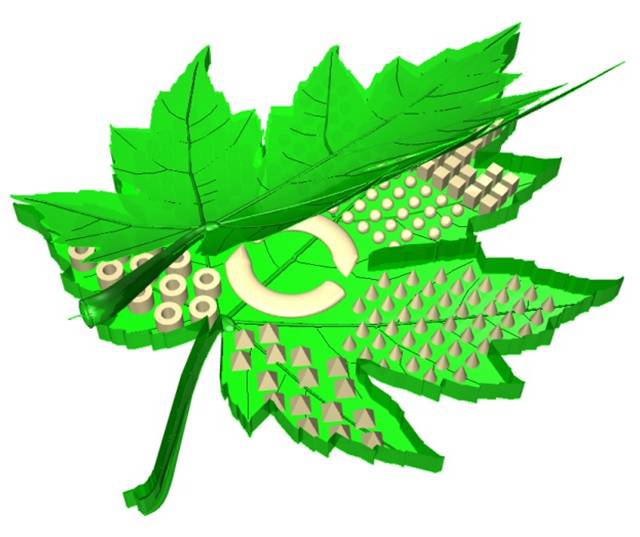
Professor Geoffrey Ozin discusses what he believes may be the largest challenge of the century—the development of an artificial photosynthetic machine.
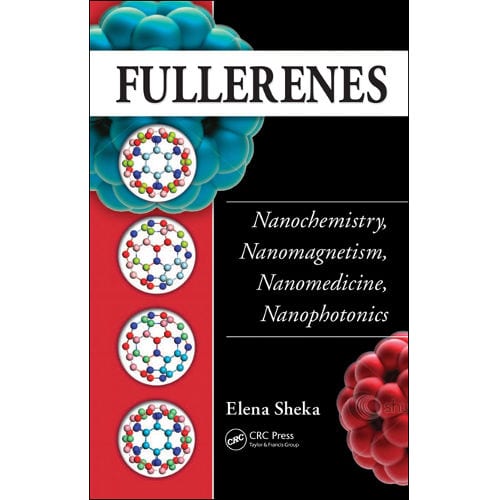
MIT professor Mildred Dresselhaus takes a look at the latest work in fullerene chemistry.
Carbon nanotube-enzyme composite electrodes are applied in glucose biofuel cells.
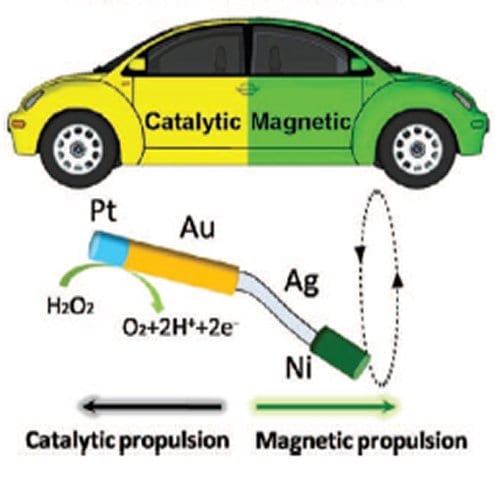
Scientists at University of California, San Diego, USA, led by Joseph Wang, have put together a multisegment nanomotor that contains components responsive to magnetic and to chemical stimuli.
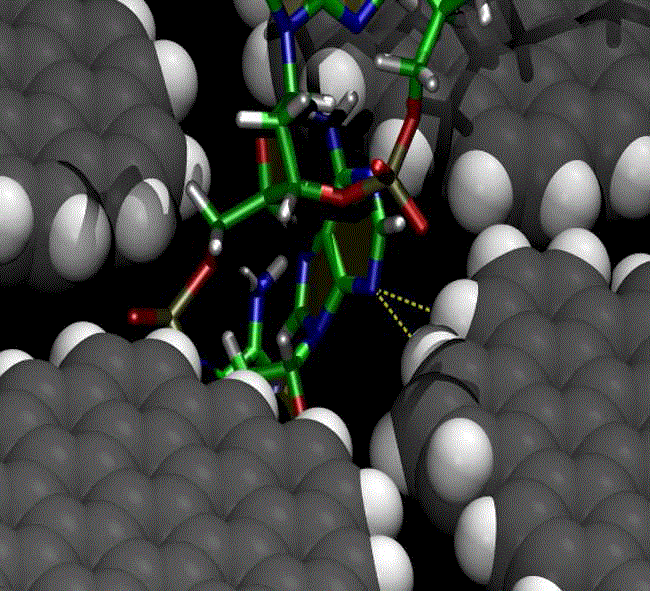
Edge-hydrogenation of carbon electrodes could further the quest for solid-state, single-molecule DNA sequencing.